Is -NAO Over-valued as an Antecedent Condition for Significant NE Snowfall?
Introducing another round of posts in a series of posts... challenging the conventional wisdom about the relationship between a negative North Atlantic Oscillation (NAO) and north-eastern US snowfall.
The analysis will use data from a paper by Paul Kocin and Dr. Louie Uccellini published in the Bulletin of the American Meteorological Society (BAMS - 2004).
The Northeast Snowfall Importance Scale (NESIS) categorizes and ranks snowstorms affecting the NE CONUS by snowfall and population distribution.
More about NESIS here and here.
The analysis will use data from a paper by Paul Kocin and Dr. Louie Uccellini published in the Bulletin of the American Meteorological Society (BAMS - 2004).
The Northeast Snowfall Importance Scale (NESIS) categorizes and ranks snowstorms affecting the NE CONUS by snowfall and population distribution.
More about NESIS here and here.
Data for the analysis comes from Table 6 in the BAMS article. Storm-day NAO values...as well as NAO values for the three days preceding the event will be examined to determine their correlation to notable snowfalls. Contributions from the Arctic Oscillation (AO) and the Pacific-North American (PNA) index will also be assessed.
Previous analysis on the subject have shown a weak...yet statistically significant relationship... between increased snowfall @ stations in the NE and mid-Atlantic regions during winters (D-J-F) where the average NAO is negative but no statistically significant relationship between -NAO and individual snowfalls of any amount.
Forecasters and wx enthusiasts often pine for the westerlies to align is such a way for the NAO to b/come negative in the mistaken belief this pre-condition is an essential requirement for decent snows over NE CONUS.
NAO values leading up to and those observed during the so-called 'Storm of the (20th) Century) stands this idea on its head.





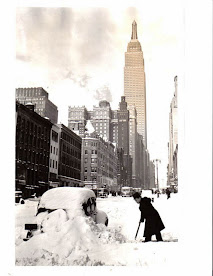






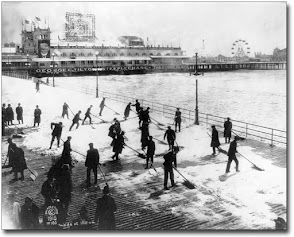

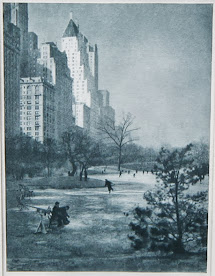

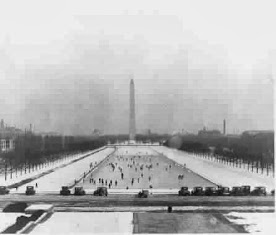
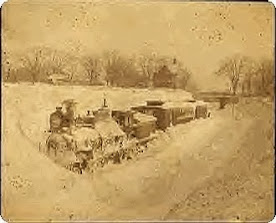



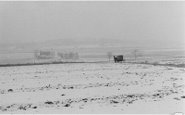
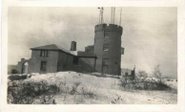
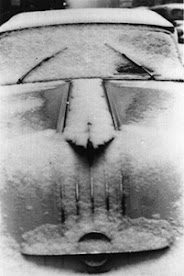
No comments:
Post a Comment